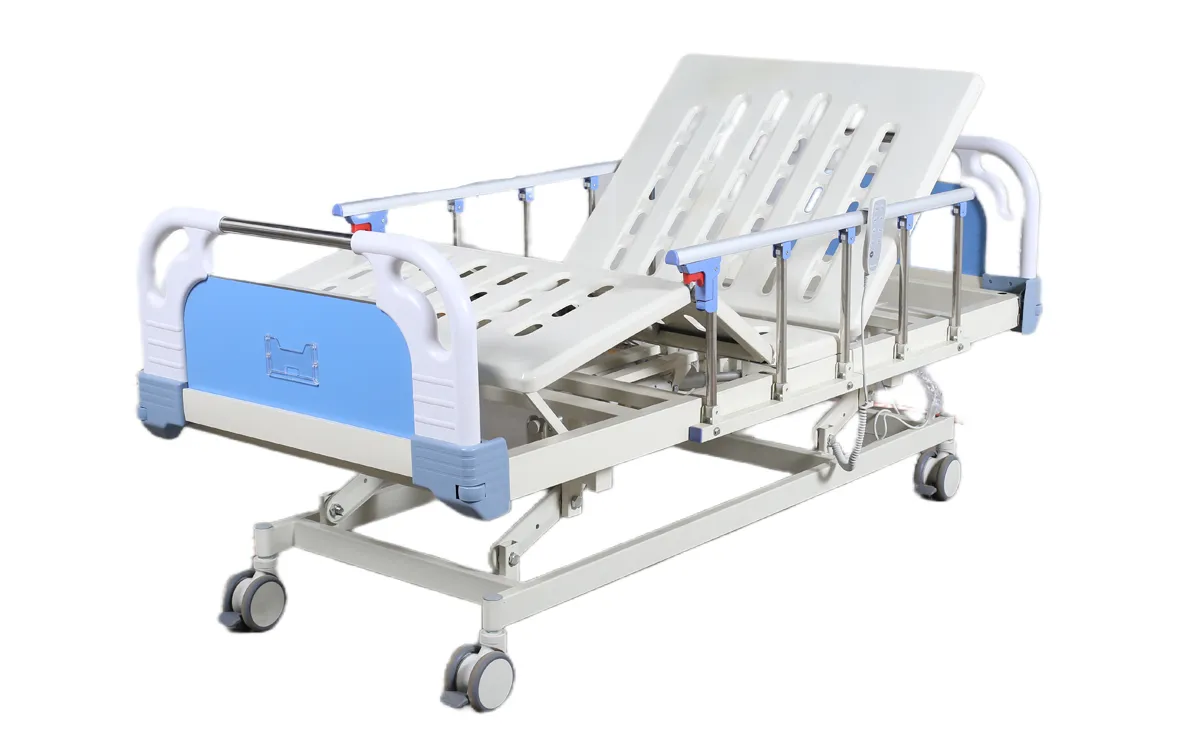Welcome to our websites!
walking aids for elderly people
Walking Aids for Elderly People Enhancing Mobility and Independence
As we age, maintaining mobility becomes increasingly important for preserving independence and ensuring a good quality of life. Walking aids play a crucial role in supporting elderly individuals in their daily activities, enabling them to move about with confidence and security. This article explores the various types of walking aids available, their benefits, and important considerations when choosing the right one.
Types of Walking Aids
1. Canes Canes are among the simplest yet effective walking aids. They provide support and stability for individuals who may experience unsteadiness or weakness in their legs. Canes are available in various designs, including standard single-point canes, quad canes with a broader base for more stability, and folding canes for easy storage. Selecting the right height and style can ensure optimal support and comfort.
2. Walkers Walkers offer more support than canes and are ideal for those who require additional stability while walking. Available in various forms, including standard walkers, wheeled walkers, and rollators (walkers with wheels and a seat), they cater to different mobility needs. Walkers are particularly beneficial for individuals recovering from surgery or those with chronic conditions that affect their balance.
3. Mobility Scooters For seniors who struggle with longer distances, mobility scooters can be an excellent option. These electric scooters allow for easy navigation both indoors and outdoors, offering a comfortable seat and the ability to travel longer distances without exertion. Mobility scooters enhance independence, enabling users to run errands, visit friends, or explore their community comfortably.
4. Crutches Crutches are typically used for short-term rehabilitation, such as recovering from an injury or surgery. They provide support by shifting weight off an injured leg and allowing for mobility. While they may not be a permanent solution for many seniors, crutches can be essential for specific recovery scenarios.
5. Powered Exoskeletons While still emerging in the field, powered exoskeletons represent an exciting advancement in mobility aids. These wearable devices can assist individuals with significant mobility challenges, allowing them to stand, walk, and even climb stairs. Though they may be cost-prohibitive for many, they offer hope for enhanced mobility in the future.
Benefits of Using Walking Aids
The primary benefit of walking aids is improved mobility and stability. For elderly individuals, using a walking aid can significantly reduce the risk of falls—one of the leading causes of injury among seniors. By providing physical support, these aids boost confidence, enabling older adults to engage in social activities, exercise, and maintain their independence.
walking aids for elderly people

Additionally, walking aids can aid in rehabilitation following injury or surgery, promoting quicker recovery and encouraging physical activity. They can also improve posture and balance, leading to a healthier, more active lifestyle.
Choosing the Right Walking Aid
Selecting the appropriate walking aid involves careful consideration of several factors
1. Mobility Needs Consider the individual’s specific mobility challenges. Assess whether they require support primarily for balance or if they need assistance to bear weight.
2. Comfort and Fit The chosen walking aid should be comfortable and fit properly to minimize strain on the body. A professional assessment by a physical therapist or healthcare provider can provide valuable guidance.
3. Lifestyle Assess the individual’s lifestyle and daily activities. Someone who enjoys outdoor activities may benefit from a different support system than someone who primarily moves around indoors.
4. Portability Some walking aids are more portable than others. If the individual frequently travels or goes out, lightweight and foldable options may be advantageous.
5. Consultation with Professionals Always consult with healthcare professionals for recommendations tailored to individual needs. They can provide insights into the most suitable walking aids based on the user's health condition.
Conclusion
Walking aids are essential tools that empower elderly individuals to maintain their mobility and independence. By understanding the different types of walking aids available and considering individual needs, seniors can confidently choose the right support system for their lifestyle. Ultimately, the goal is to enhance their quality of life, enabling them to thrive in their golden years. With the right walking aid, seniors can enjoy greater freedom, engage more actively in their communities, and live fulfilling lives.
-
Transforming Healthcare with Hospital FurnitureNewsJun.24,2025
-
Rehabilitation EquipmentNewsJun.24,2025
-
Mobility and Independence with WheelchairsNewsJun.24,2025
-
Freedom of Mobility with Our Rollator WalkersNewsJun.24,2025
-
Comfort and Independence with Commode ChairsNewsJun.24,2025
-
Bathing Safety and Independence with Shower ChairsNewsJun.24,2025
-
Navigating the Wholesale Landscape of Electric Mobility Solutions: Key Considerations for Power Wheelchair DealersNewsJun.10,2025











